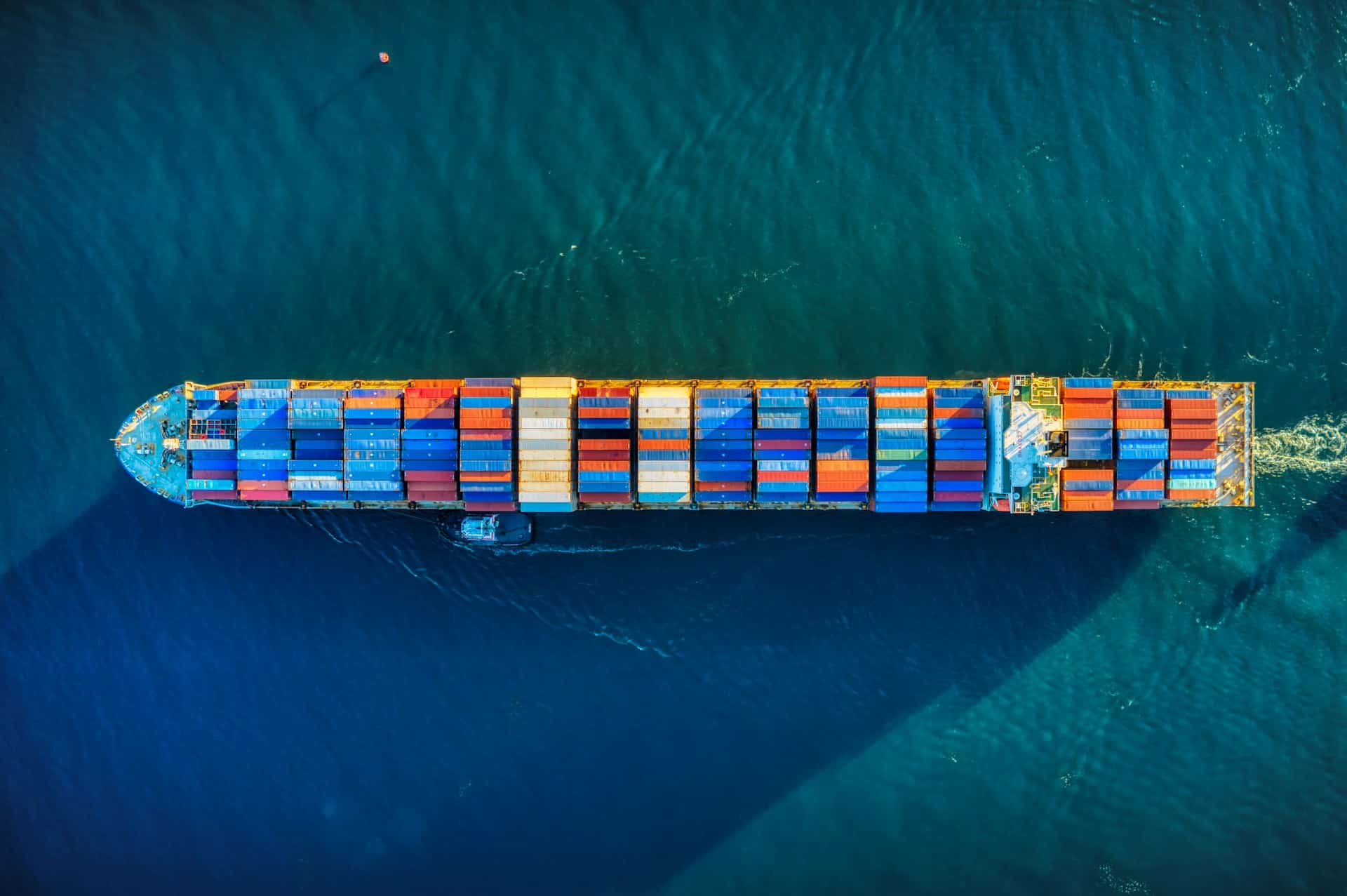Sure! Here’s the translation:
If you’ve heard of Docker, Kubernetes, or even the cloud, you’ve likely come across the term container. But what does it actually mean? And why is there so much buzz around this technology that seems to be everywhere?
Let’s discover it step by step.
Imagine a ready-to-use app box
A container is a kind of “magic box” that contains everything needed to run an application: its code, the libraries it requires, the configurations, and the system tools. What’s the result? You can run that box on practically any computer or server without worrying about differences between systems.
The big advantage is that the application works the same on the developer’s laptop as it does in a data center or in the cloud.
Why are they revolutionizing the digital world?
Containers allow companies to deploy applications faster, with fewer errors and more efficiency. This has made them one of the cornerstones of modern computing, especially in services like Netflix, Spotify, Gmail, or any app you use from your mobile device.
Here are some of their key benefits:
- Portability: what works in one place works everywhere.
- Quick startup: they run in seconds.
- Secure isolation: each container operates as if it’s independent from the others.
- Lower resource usage: they take up less space and memory than a virtual machine.
- Automation and scalability: they allow for hundreds of apps to be deployed automatically and in a controlled manner.
How do they differ from virtual machines?
Virtual machines (VMs) are another type of technology for running multiple systems on the same hardware. But there’s an important difference: VMs require a separate operating system. Containers, on the other hand, share the system kernel and only carry what’s necessary to function.
This makes containers lighter, faster, and easier to move from one environment to another.
| Feature | Containers | Virtual Machines |
|---|---|---|
| Weight | Light | Heavy (includes OS) |
| Startup | Seconds | Minutes |
| Resource usage | Low | High |
| Portability | High | Medium |
| Isolation | Medium (system level) | High (full system) |
| Ideal use cases | Microservices, cloud | Legacy applications |
What do they have to do with the cloud?
Most services you use in the cloud (email, social media, video platforms) run on large servers that use containers to divide resources and optimize performance. Every time you use an online app, it’s very likely that one or more applications are running inside containers.
Additionally, containers allow developers to update parts of the system without interrupting the rest, which is crucial for maintaining 24/7 services.
Docker and Kubernetes: the main players
- Docker is the most well-known software for creating and running containers.
- Kubernetes, on the other hand, is the tool that allows you to manage thousands of containers at once, distributed across different servers, efficiently and automatically.
Together, they have completely changed the way software is deployed around the world.
Are there any disadvantages?
Like any technology, containers are not perfect. Some of the challenges are:
- Increased complexity when scaling if tools like Kubernetes are not utilized.
- Data persistence: they require external systems to permanently store information.
- Security: although isolated, they share a base system, so they need to be configured carefully.
Conclusion
Containers are one of those technologies that work quietly behind the scenes, but make it possible for the modern web to function as it does. Thanks to them, applications are launched faster, operate better, and are updated without interruptions.
If you’ve ever used an app and everything went smoothly, a container probably did its part.

